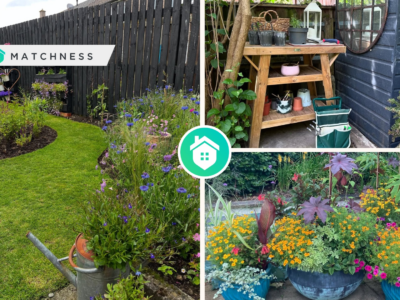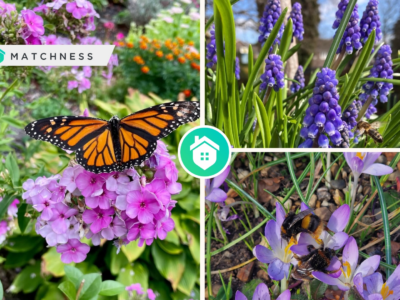Succulents are water-storing plants with meaty, enlarged leaves and/or swelling stems. The word “succulent” is derived from the Latin word succus, which means “juice” or “sugar.” Succulents thrive in hot, arid conditions and can tolerate being neglected because of their unique capacity to retain water. As a consequence, they’re perfect for individuals searching for low-maintenance flowers and are amazing for indoor growing. Follow these tips to successfully care for your new succulents.
Which Ones To Choose?
Although most succulents require full daylight outside all year, some succulents love the shade and may even take low light indoors. The zebra plant, snake plant, and gasteria little warty are just a few succulents that thrive inside. You can check them on succulentalley.com and see which type suits your home best. Galerias do exceptionally well inside in general. You may also cultivate crassulas, which are common jade plants. The majority of the types will thrive indoors.
They Need Sunlight
Most succulents like some shade in the afternoon when grown outside, but when grown inside, the light is so limited that your succulents require as much as they can receive throughout the day. Succulents should be placed near your home’s brightest window or the window that receives the most sunshine throughout the day. If you’re in the northern hemisphere, this will usually be a south-facing window. Pay attention to the places of your home that receive the greatest sunshine and relocate your succulents there. Your succulents should enjoy around 10 hours of strong sunshine every day, preferably.
Watering
Succulents, unlike other houseplants, like a dry, warm environment. They don’t require much watering since their leaves can store water, allowing plants to withstand long periods of drought. Watering your outdoor or indoor succulents thoroughly once every 10 days to encourage healthy root formation, which should result in stronger plants, and at least once a week for interior succulents, is a good piece of advice to follow. The frequency with which succulents in black plastic pots should be watered, on the other hand, is determined by how quickly the soil dries out, regardless of whether they are kept indoors or outside. The reason behind this is that the dark hue of the container raises the temperature surrounding the plants.
Keep in mind that the greater the temperature, the faster the humidity will evaporate, and you’ll have to water them more frequently. Keep your succulents in black plastic pots watered by inserting a finger at least an inch deep into the dirt regularly. If the soil seems dry, it’s time to give it a good bath. It’s also not a good idea to water succulents in the afternoon throughout the heat. Instead, water them first thing in the morning, before the temperature rises, to avoid any hot water accumulating in the plant’s crown.
Pests
Mites and mealybugs are the most prevalent pests to be aware of. Rodents and birds, which find succulents an excellent supply of water, especially during dry seasons, as well as snails, which love to crawl and gnaw on their thick leaves, can also be a problem. You may, however, keep these mites and mealybugs away from your succulents by using repellents, as well as installing netting over them to keep rodents and birds away. If you notice mites or mealybugs near the base of your plant or even under the pot rim, rinse them off or use insecticidal soap to destroy them. Also, because it’s their preferred spot to dwell, be sure to check the roots.
Soil
Select a container with drainage holes. Anything with a hole at the bottom, so that water may escape and not pool, causing your plant to rot. Also, because cacti and succulents demand lighter, faster-draining soil with more aeration, use a soil particularly prepared for them. Regular potting soil is too heavy and contains too much moisture, so don’t use it.
Although soil types differ by region and even within your garden, the following is a basic formula for in-ground plants:
- ⅓ garden soil
- ⅓ compost
- ⅓ pumice
Fertilize
Succulents, like all other plants, require nutrition. How frequently you fertilize depends on the type of succulents you have, so it’s best to do some study before planting. However, you should fertilize your succulents once a month using a succulent-specific diet. Also, don’t overwater; instead, include fertilizing into your regular watering regimen.
Insects and illnesses prefer to breed on rotting and dead foliage, so keep your plants free of it to make them happier and healthier. They also appear to be a lot nicer. There are a few succulents that create a fine powder on their leaves, and while it isn’t harmful to their health, try to avoid touching it because it looks a lot better without a bunch of fingerprints.
Temperature
Keep an eye on the temperature. The majority of succulents are sensitive to extremely cold temperatures, so if you live in a cold location, bring them indoors before the first frost.
If you plan to plant succulents in your garden, they would undoubtedly be a gorgeous addition. Ensure that they are well-cared for. From their low-maintenance, incredibly simple nature to their lovely diversity and beauty, succulents are among the favorite home plants ever.





















